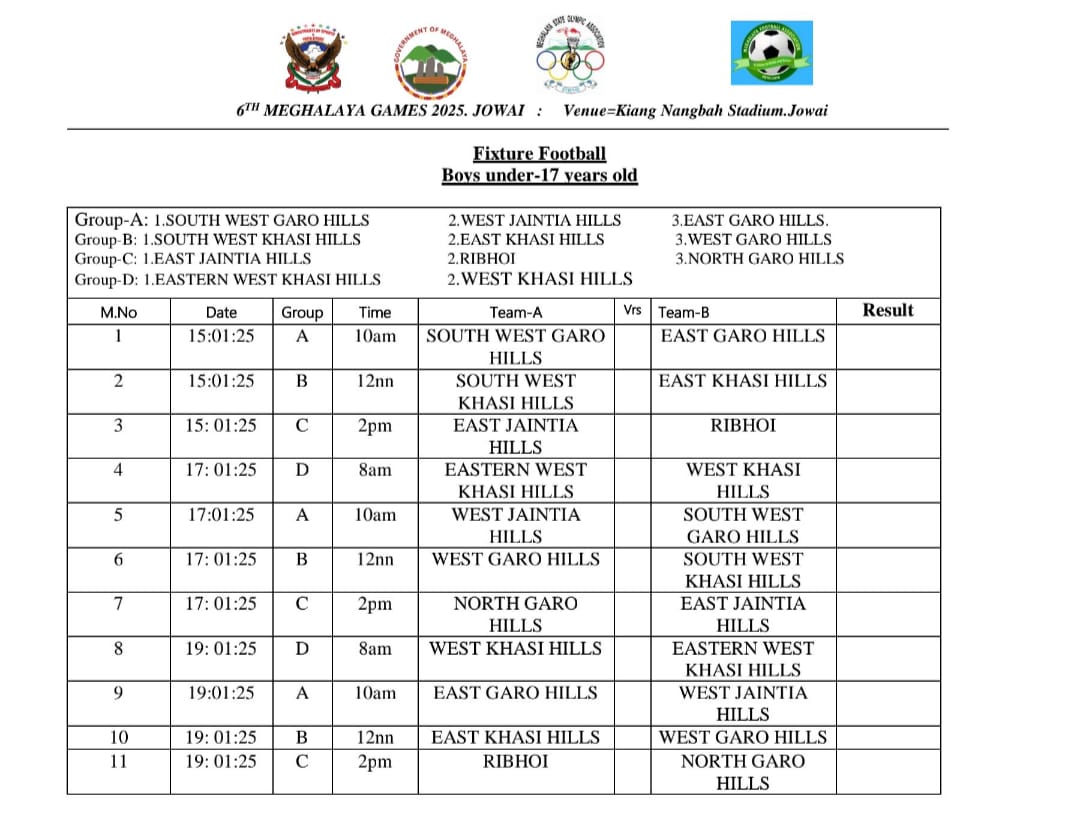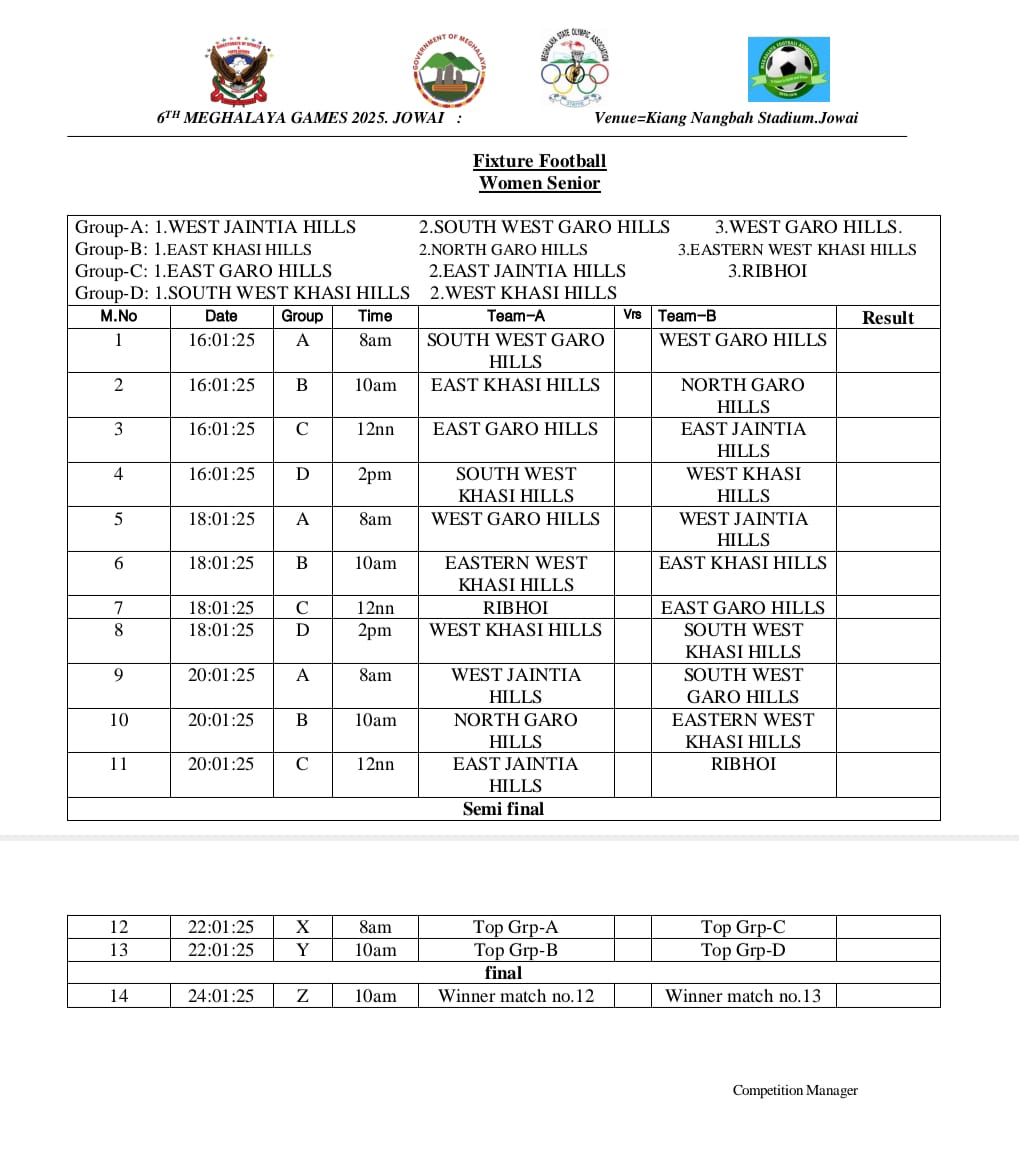(Opinion)
Prof. O. R. Shallam. Associate Professor (retd) Department of History Kiang Nangbah Govt. College, Jowai
In the aftermath of the spirited debates and exchanges of views, the dust may have settled, but the scars of discrimination and isolation inflicted by the MDA Government upon the Jaintia Hills region persist. The deliberate exclusion of the Jaintia language from the State Anthem serves as a stark reminder that, despite their unique identity, the government does not consider the Jaintias to be one of the three tribes in Meghalaya. Ironically, Meghalaya, emerging from the folds of Assam, was envisioned as a state with three distinct tribes – the Jaintias, Khasis and Garos. Each tribe boasts its linguistic, folkloristic, cultural, and customary uniqueness. The topography itself mirrors this diversity, with Jaintias residing in the easternmost hills, while the Khasis and Garos settle in the central and western regions, respectively. Despite their differences, the three tribes have a shared history, coexisting in peace and harmony.
The government’s decision to erase the Jaintia language from the State Anthem is not merely a matter of linguistics; it strikes at the heart of Jaintia identity, causing profound hurt to the sentiments and feelings of every Jaintia individual. The launch of the State Anthem has sparked a surge of opinions from numbers of self-styled historians, with some opposing the government’s negligence and others defending their perspectives with acquired knowledge of the tribes. It is an undeniable fact that the Jaintias have their language, an integral part of Meghalaya’s diverse linguistic tapestry. The failure of politicians to speak truth to power underscores the insignificance and lack of recognition afforded to the Jaintia tribe. Shame befalls those elected representatives who claim Jaintia identity but remain silent in the face of cultural erasure and linguistic discrimination.
Had the revered freedom fighter ‘U Kiang Nangbah’ been alive today, it’s plausible that he would have initiated a revolt against the government’s prejudiced actions. This raises crucial questions about the support from other tribes for the Jaintias in their quest for recognition in the State Anthem. Why is it difficult for the other tribes to stand alongside the Jaintias? Should the phrase “Maya Jeit-bru” still be used by politicians in upcoming election campaigns, considering the evident disregard for the Jaintia identity?
The big question looming over Meghalaya now is whether the Jaintia region should be separated as Jaintia land or should the region reconsider its ties with Assam or Bangladesh. The government’s consistent deficiency in addressing developmental needs in the region amplifies the urgency of this contemplation. The Jaintia people, in seeking recognition and preserving their distinct linguistics and dialects, deserve more than indifference and neglect. As the political landscape gears up for elections, the Jaintia question remains, challenging the moral compass of Meghalaya’s leadership and demanding a reevaluation of the state’s commitment to unity in diversity.


